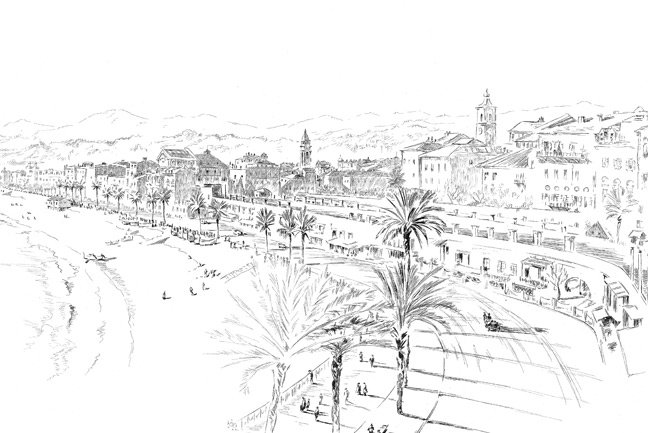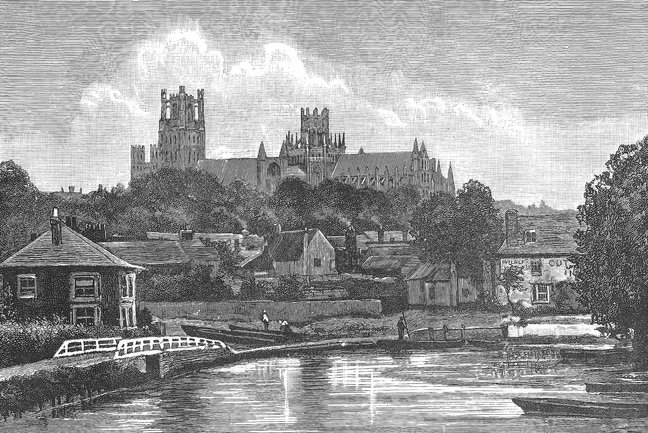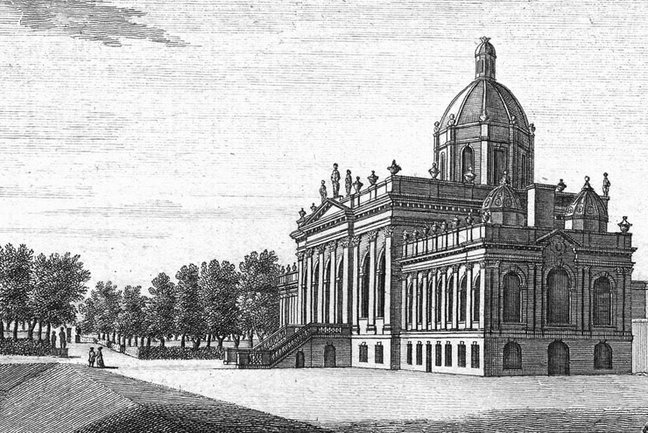Martin Randall Travel has the widest selection of small-group tours available covering a wide range of themes focusing on art, architecture, music, archaeology, history, gardens and gastronomy. Many tours involve elements of various themes, such as a combination of art history, architecture and music. Most of our tours run with between 10 and 20 participants. We strictly limit the numbers, specifying the maximum in each tour description, which is rarely more than 22 and often fewer.
Martin Randall Travel has the widest selection of small-group tours available covering a wide range of themes focusing on art, architecture, music, archaeology, history, gardens and gastronomy. Many tours involve elements of various themes, such as a combination of art history, architecture and music. Most of our tours run with between 10 and 20 participants. We strictly limit the numbers, specifying the maximum in each tour description, which is rarely more than 22 and often fewer.









